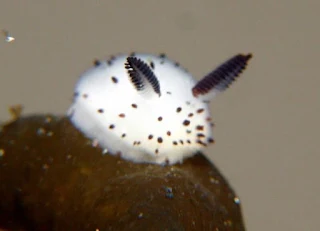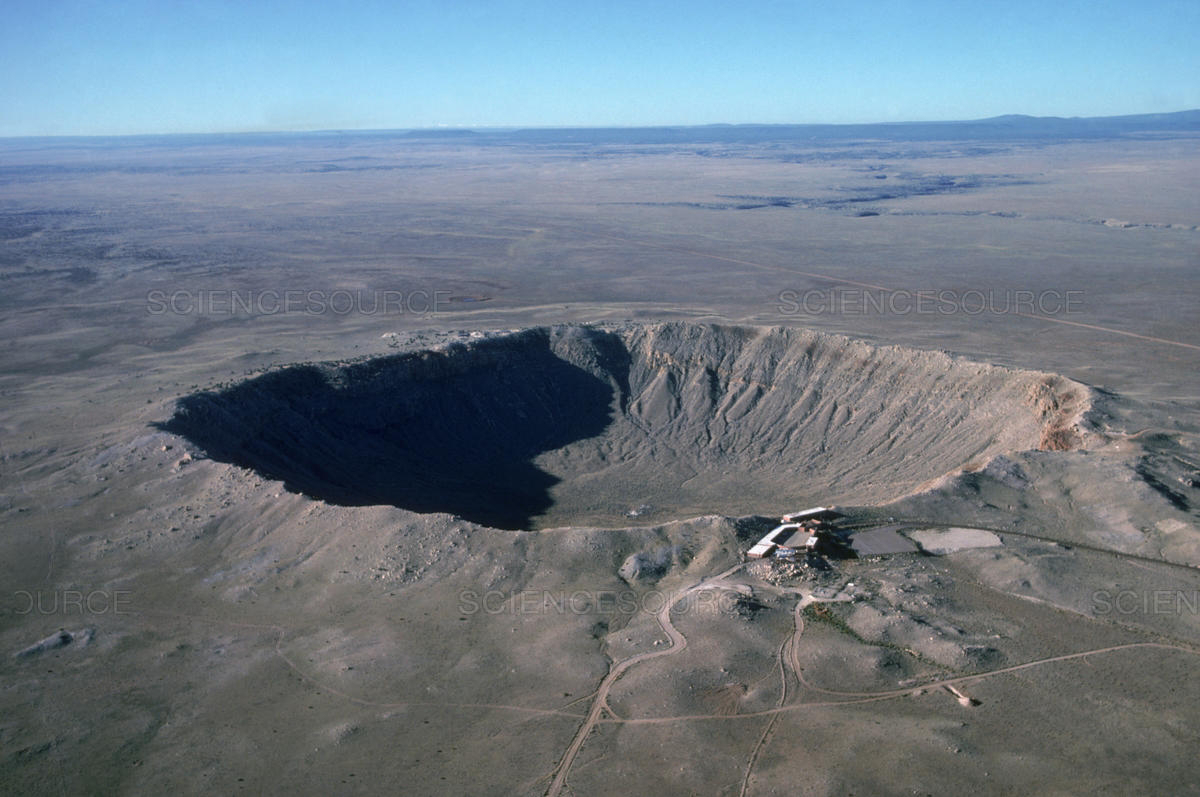The Solar Powered Slug
I've often wondered what it would be like if we could make our food the same way plants do. Could I make glucose for respiration by walking around outside in the sunlight, not that we get much where I live? Of course, I would be green, but perhaps only where my skin is exposed to the sun.
Photosynthesis is the chemical reaction plants use to make their food. They take in water from the soil and carbon dioxide from the air and, using sunlight for the energy, they turn this into glucose and oxygen.
The name for a reaction that takes in energy is endothermic. Photosynthesis is an exothermic reaction. You may have used a reaction like this if you have ever injured yourself. You can get cool packs which cool down when you mix two chemicals.
 |
| Chloroplasts in a Cell |
Plants can collect sunlight for photosynthesis because they have structures in their cells called chloroplasts, (above). Chloroplasts contain a chemical called chlorophyll, which absorbs light energy so that the photosynthesis reaction can take place. Chlorophyll is why plants look green. It's also good for you, so make sure you eat your sprouts.
 |
| Plant Cell |
Plants have chloroplasts in most of their cells (above), but they have specialised palisade cells, packed with chloroplasts, at the top of their leaves. The leaves are arranged to face the light, with the palisade cells near the top surface (below). Here they can photosynthesize as efficiently as possible.
 |
| Cross Section of a Leaf |
Animals are consumers, which means that they rely on eating other organisms to survive. Whether an animal eats plants directly or eats other animals, the energy for life eventually leads back to photosynthesis in a plant. This is why plants are producers, they produce the chemical energy that get passed up a food chain.
What if animals could photosynthesis themselves? None can, but a few animals have almost found a way to do it. Meet a type of sea slug called a Leaf Sheep or Solar Slug (below). Cute isn't it? It can't make chloroplasts itself so it steals them. The Leaf Sheep is a type of sea slug which lives by eating tiny plants called algae. The Leaf Sheep takes the chloroplasts out of the algae and stores them in its body, keeping them alive for a short time, so the chloroplasts continue to photosinthesize. Scientists aren't sure whether the Leaf Sheep uses the glucose made by the chloroplasts as food, or if it's feeding off the chloroplasts themselves. Perhaps you could study this and find the answer.
 |
| Leaf Sheep |
 |
| Sea Rabbit |


Comments
Post a Comment